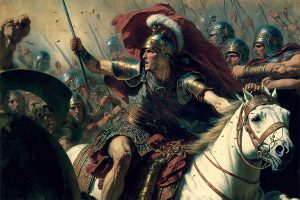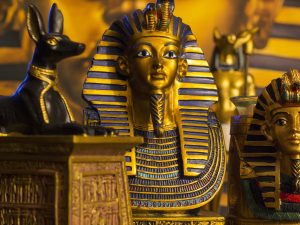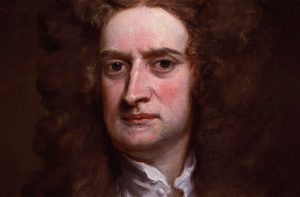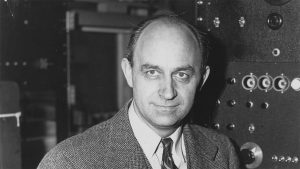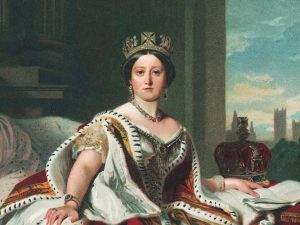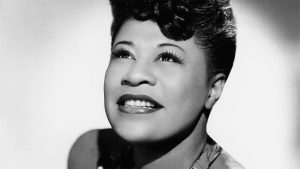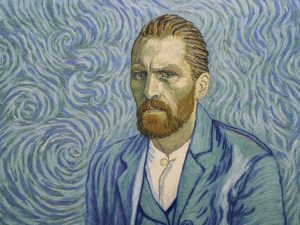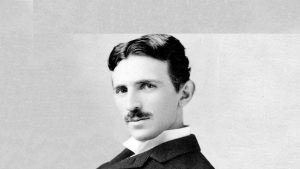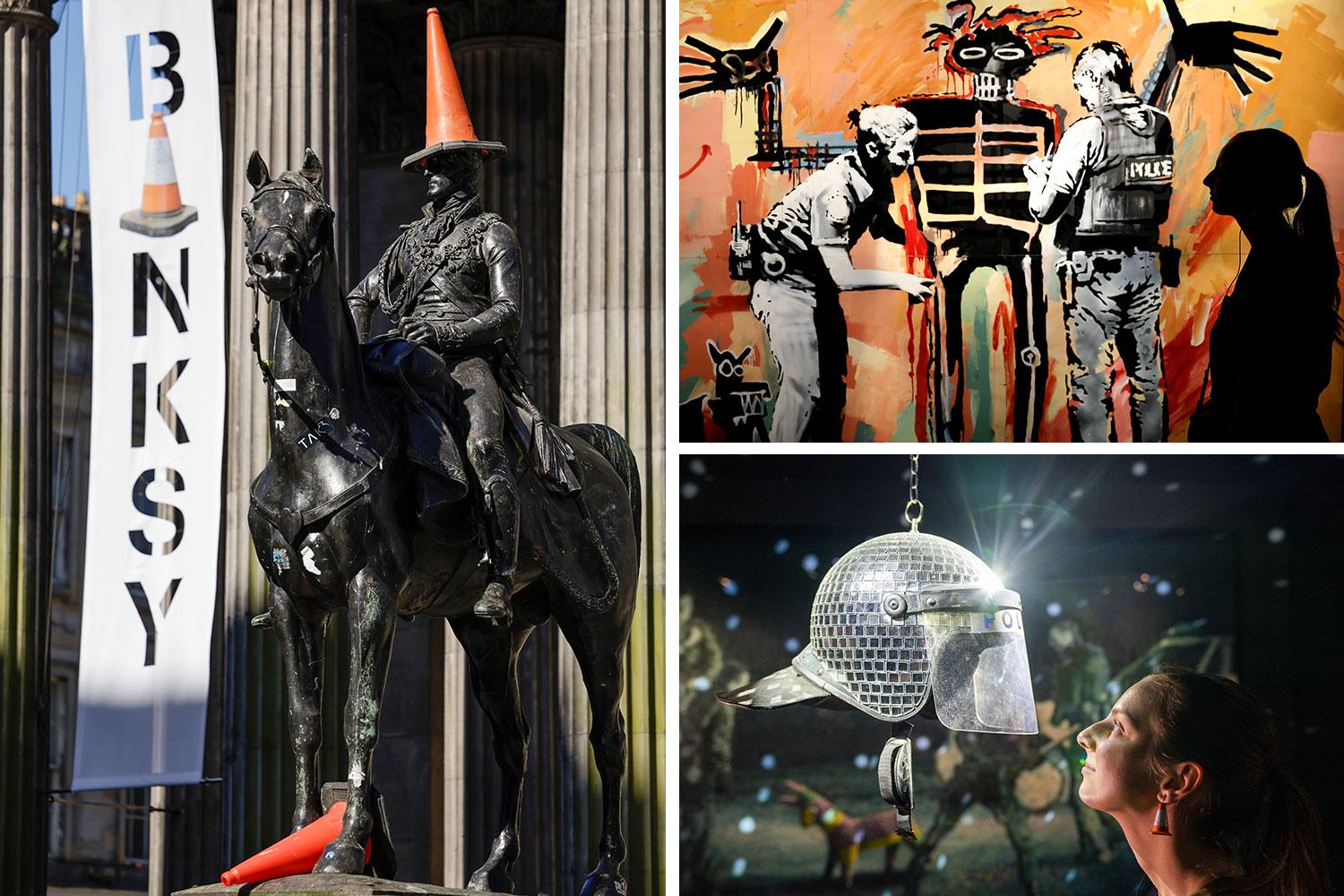
23 interesting facts about Banksy
- 👁️ 1112
Banksy, a pseudonymous England-based street artist, political activist, and film director, is one of the most enigmatic figures of contemporary culture. His satirical and subversive work combines dark humour with graffiti executed in a distinctive stencilling technique. Despite his global fame, Banksy has managed to maintain an anonymous identity. The intrigue surrounding his identity, coupled with his provocative art, has solidified Banksy’s status as a legend in the world of street art.
- Banksy is from Bristol, England, where he first became involved with the Bristol Underground Scene, a cultural movement with a strong tradition of street art.
- His anonymity is one of his defining characteristics. Despite numerous theories and attempts to uncover his identity, it remains unknown to the public.
- Banksy’s works are often political and social commentaries. They’ve addressed topics such as war, capitalism, hypocrisy, and the human condition.
- Banksy uses a unique stencilling technique, which allows him to produce his art quickly – a necessity given its often illegal nature.
- His artworks have appeared in cities around the world, including London, Bethlehem, Paris, and New York.
- One of his most notable works is the ‘Balloon Girl’. It depicts a young girl letting go of a heart-shaped balloon and is seen as a symbol of lost innocence and hope.
- Banksy created a satirical theme park called ‘Dismaland’ in 2015. The dystopian park featured grim and decaying reinterpretations of theme park attractions.
- In 2005, Banksy travelled to the West Bank and painted nine images on the controversial Israeli West Bank barrier, including one featuring a ladder reaching over the wall.
- Banksy’s 2010 documentary, ‘Exit Through the Gift Shop’, was nominated for the Academy Award for Best Documentary Feature.
- Banksy once printed and distributed fake £10 notes replacing the face of Queen Elizabeth II with that of Princess Diana.
- His artwork ‘Devolved Parliament’, which shows the UK’s House of Commons populated by chimpanzees, sold for over £9.9 million, setting a new record for his work.
- Banksy often uses rats as a motif in his artwork. The rat is said to symbolise resilience and defiance.
- In 2018, his artwork ‘Girl with Balloon’ self-destructed after being sold at auction for over a million pounds. The artwork was secretly fitted with a shredder.
- Banksy donated a sculpture titled ‘The Drinker’ to a homeless charity for auction. It was a parody of Rodin’s ‘The Thinker’ with a traffic cone placed on its head.
- During the COVID-19 pandemic, Banksy created an artwork in a hospital corridor that depicted a child playing with a nurse superhero toy.
- Banksy once erected a stone statue depicting a hooded figure wearing a bulletproof vest and holding a shopping trolley. The statue was placed near London’s British Museum, and it took several days for the Museum to realise it was not part of their collection.
- Banksy’s first known large wall mural was ‘The Mild Mild West’ painted in 1997. It depicts a teddy bear lobbing a Molotov cocktail at three riot police.
- Banksy has claimed that his decision to use stencils came after he lost patience with the time it took to complete a piece of artwork. He discovered stencils while hiding from the police under a rubbish lorry.
- Banksy often uses irony to underline his point. For instance, his painting ‘Show Me the Monet’ alters the famous Monet painting of water lilies to include discarded shopping trollies and a fluorescent orange traffic cone.
- He has never had a formal gallery representation.
- Banksy’s artwork ‘Kissing Coppers’, depicting two male policemen kissing, was removed from a Brighton pub wall and sold at a US auction for £345,000.
- In 2006, Banksy released an altered version of Paris Hilton’s debut album in music stores across the UK, replacing her tracks with his own remixes and changing the album’s artwork to show Hilton’s face on the body of a topless woman.
- Banksy has a disdain for the art world establishment. In 2003, he secretly hung his own works in the Tate Britain, the Louvre, and the Museum of Modern Art.
Banksy’s anonymity, his penchant for controversy, and his refusal to conform to the traditional art world’s rules have created a mystique that only adds to his popularity. His art, full of social and political commentary, reflects the world back at us in ways that are sometimes amusing, sometimes shocking, but always thought-provoking. Despite his fame, the man behind Banksy remains a mystery, making his work all the more compelling. His powerful messages continue to challenge norms and provoke discussions on various social issues, proving that art is indeed a formidable tool for communication.
